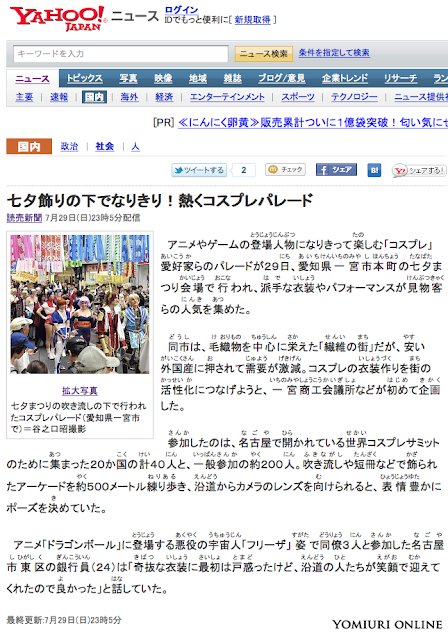This morning I head out to the local city hall to get signed up for National Health Insurance, which is the standard health plan here in Japan.
Before I do, if you plan to stay in Japan for a year or longer, here are some bills headed your way that it's best to save up for little by little so you don't fall out of your chair when you get them.
Resident Tax: Resident tax, around 10% of your income, doesn't kick in until you've been in Japan an entire year as of January 1st. So this year I'm off the hook, because as of January 1st, 2013 I'll only have been here around 5 months. However, on January 1st, 2014, I'll start to owe tax. You'll get your bill mailed to you in the spring or summer, as I'm hearing different months from different people, and it's normally broken down so that you can pay it off in four payments over one year.
National Health Insurance: For the first year, it's pretty cheap (I'll update this price after I go today if it's different), around $20-30 USD per month. This is because your monthly premium is determined based on your previous year's salary in Japan. So your second year it's going to shoot up to about 8% of your first year's income. At some point, I'll do another post at some point with more details on NHI.
Income Tax: Check with your employer. Most handle this for you before you get your paycheck, but a few don't, I've heard. If they don't you will be responsible for filing your own taxes.
Before I do, if you plan to stay in Japan for a year or longer, here are some bills headed your way that it's best to save up for little by little so you don't fall out of your chair when you get them.
Resident Tax: Resident tax, around 10% of your income, doesn't kick in until you've been in Japan an entire year as of January 1st. So this year I'm off the hook, because as of January 1st, 2013 I'll only have been here around 5 months. However, on January 1st, 2014, I'll start to owe tax. You'll get your bill mailed to you in the spring or summer, as I'm hearing different months from different people, and it's normally broken down so that you can pay it off in four payments over one year.
National Health Insurance: For the first year, it's pretty cheap (I'll update this price after I go today if it's different), around $20-30 USD per month. This is because your monthly premium is determined based on your previous year's salary in Japan. So your second year it's going to shoot up to about 8% of your first year's income. At some point, I'll do another post at some point with more details on NHI.
Income Tax: Check with your employer. Most handle this for you before you get your paycheck, but a few don't, I've heard. If they don't you will be responsible for filing your own taxes.








